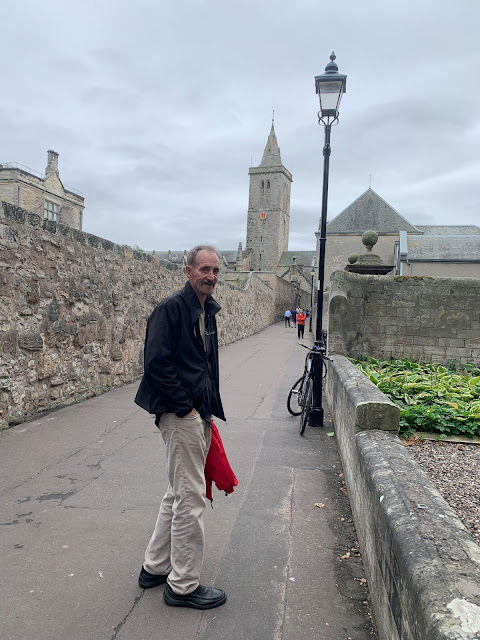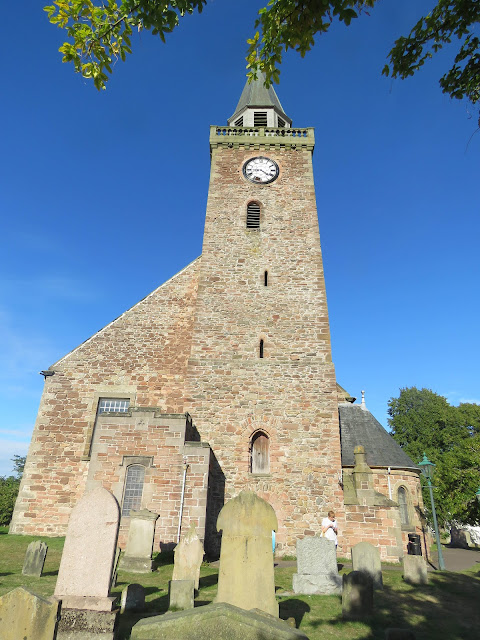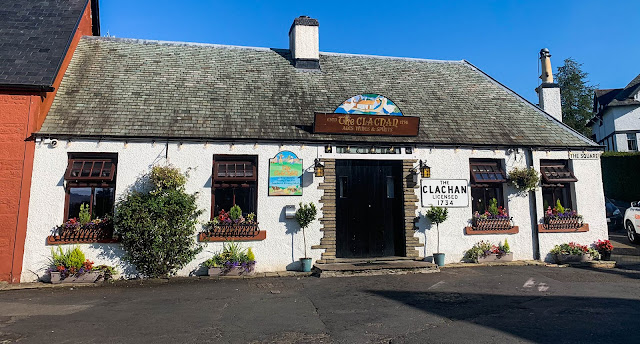This was one of our tougher days. Even though the hotel was less than half a mile to the airport main entrance, we still took a cab as we had bulky luggage and John has medical conditions. The drop off point, however, was still not exactly close to the airport departure area. I wondered what somebody with more challenges than John would have done. Nevertheless, we made it to the airport in what seemed to be more than enough time. I felt like things were going smoothly. We picked up our boarding pass and deposited our luggage. We then went to the office of "special assistance" so that John could have help getting through security and to the gate. We waited there. And we waited there. And we waited some more. Almost nobody spoke to us, and when we finally managed to get someone's attention, he seemed to suggest that we should have come earlier if we needed help. But a young man finally came with a wheelchair and efficiently moved us through security. He was great and I tipped him generously.
As it turned out, we had plenty of time as the plane was delayed by close to an hour. EasyJet is often called "Squeezy Jet" in the UK as they shove as many people as possible on each plane. If you have ever flown Frontier or Jet Blue, you have the basic idea. Poor John was crammed into a tiny seat with his knees somewhere around his navel. Despite being so uncomfortable, he somehow managed to fall asleep.
He woke up just before we landed at Gatwick. There was a man waiting there with a wheelchair to help him, and he took John down to baggage claim. While we were waiting for our bags - a process that took over thirty minutes - John discovered that his phone was missing. We immediately figured out that John must have dropped it as he was exiting the plane. We also knew that we had exited from the secure area of the airport and that there was no way we could go back to get it. I figured we had lost it forever.
It took almost 45 minutes for the baggage to arrive. We went over to the EasyJet check-in desk to ask about lost and found. The people there seem befuddled by the question as if nobody had ever left anything on a plane before. One woman made a couple of phone calls, and then told us that yes, a phone had been found on our plane. We asked where and when we could pick it up. She was not sure, but told us to wait in the assistance area and it would be delivered there.
So we went there and waited. And waited. And waited some more. I finally told John I was going to go back to EasyJet and ask again. I had the same confused expressions from several of the people at the desk there until one woman, apparently a supervisor, seemed almost embarrassed by the situation and decided to get involved. She made a couple phone calls and asked a guy named Gavin to come and deliver the phone to her. It took about a half hour more, but I finally had the phone in my hand. John was so relieved when he saw it!
But by this time we had spent at least an extra three hours in Gatwick. And by the time we caught the train to Victoria Station and a cab from the station to the little studio apartment I had rented for us in Leicester Square, it was late afternoon and we were both exhausted by the ordeal. So we just decided to skip even attempting to go to a play today and we just went out for dinner in Soho.
As usual, London's Chinatown was crowded and festive.


































































